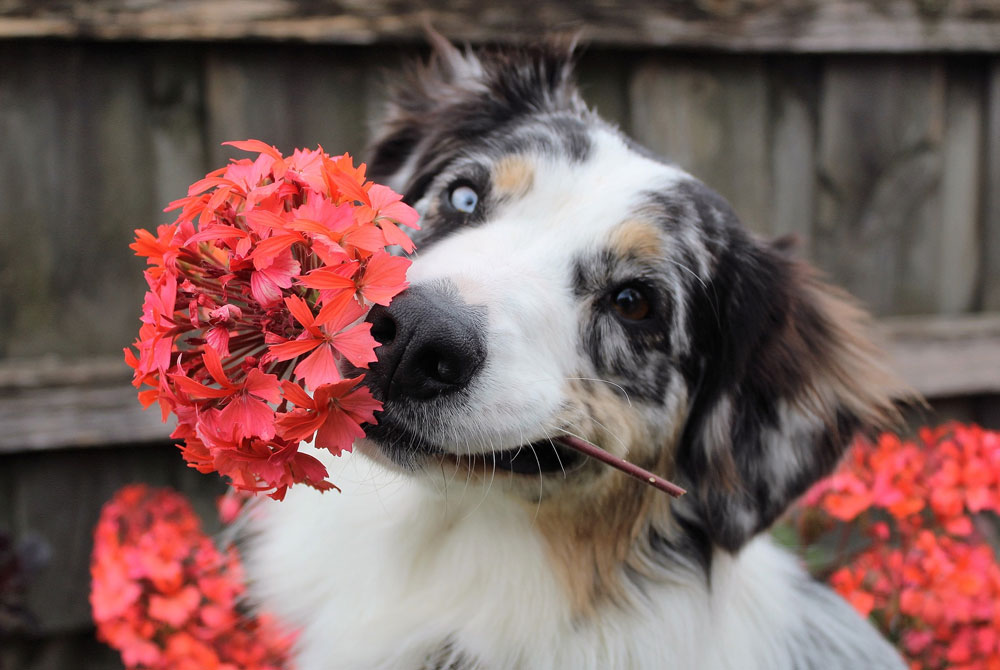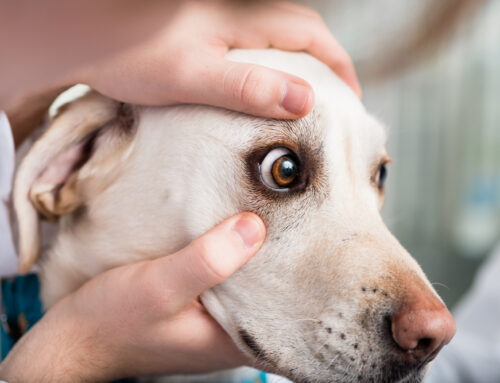This spring, many people are filling their homes with houseplants in an effort to create that warm weather feeling inside their home while it is still too cold for relaxing outdoors. Grocery stores and hardware stores are helping people bring on that lush indoor jungle feeling by offering many varieties of greenery. From the quick vining pothos to the medicinal aloe and the brightly colored Fittonia, it can be overwhelming for new plant owners. Many new plant owners are also pet owners seeking to create a jungle for their furry creatures to interact with. This can lead to rushed vet visits well beyond the vet-recommended yearly checkups, or twice yearly for older pets. Of course, you can always call your vet if fluffy has munched on a leaf, but it is much easier to know which common houseplants are considered toxic plants for pets.
Even the Common Ones Can Be Toxic Plants for Pets
Many sites, such as The Spruce, count lists of toxic plants for pets as part of their home care and gardening mission. These lists typically include the common houseplants like pothos, aloe, and dieffenbachia, which are well known for how easily they grow indoors with minimal care. Toxic plants for pets also include flowering houseplants like the Christmas poinsettia, peace lilies, geraniums, and hyacinths since they provide beautiful bright blooms in a variety of colors. Other sites may focus on lists of pet friendly plants like the Boston fern, rabbit foot fern, waffle plants, or false aralias, which are non-toxic and easy to grow.
Avoid Plants With Colorful Foliage
Often plants with strikingly colorful foliage are toxic plants for pets. The inch plant with its mix of grey, white, green, and purple that topples over the sides of many hanging planters, for example, is extremely poisonous to pets. Similarly, oxalis, with its variety of shamrock colors from green to purple to the purple cross coloring, is also toxic to pets according to the ASPCA. This makes it less lucky for your pets than it is for you. Crotons, with their bright variety of colors and patterns, make a beautiful addition to your plant shelf, so long as they are out of reach of your pets.
While there are many beautiful plants out there, it is easy to check which ones are toxic with a simple Google search. Of course, if you’ve become dedicated to filling your home with pet friendly plants, then the ASPCA poison control page on toxic and non-toxic plants is an excellent resource for you.
At Southern Arizona Veterinary Specialty and Emergency Center we are happy to provide a wide range of veterinary specialty and emergency services. It is important to have a “primary care” veterinarian to keep your new family member healthy and happy with routine vaccinations and health checks. But if you find yourself in the midst of a veterinary emergency, our team of experienced veterinarians is here to help. When it comes to visiting animal hospitals, we understand that the experience can be full of stress and worry, so we aim to make things as simple as possible. For more information, get in touch with one of our experts today.








Leave A Comment